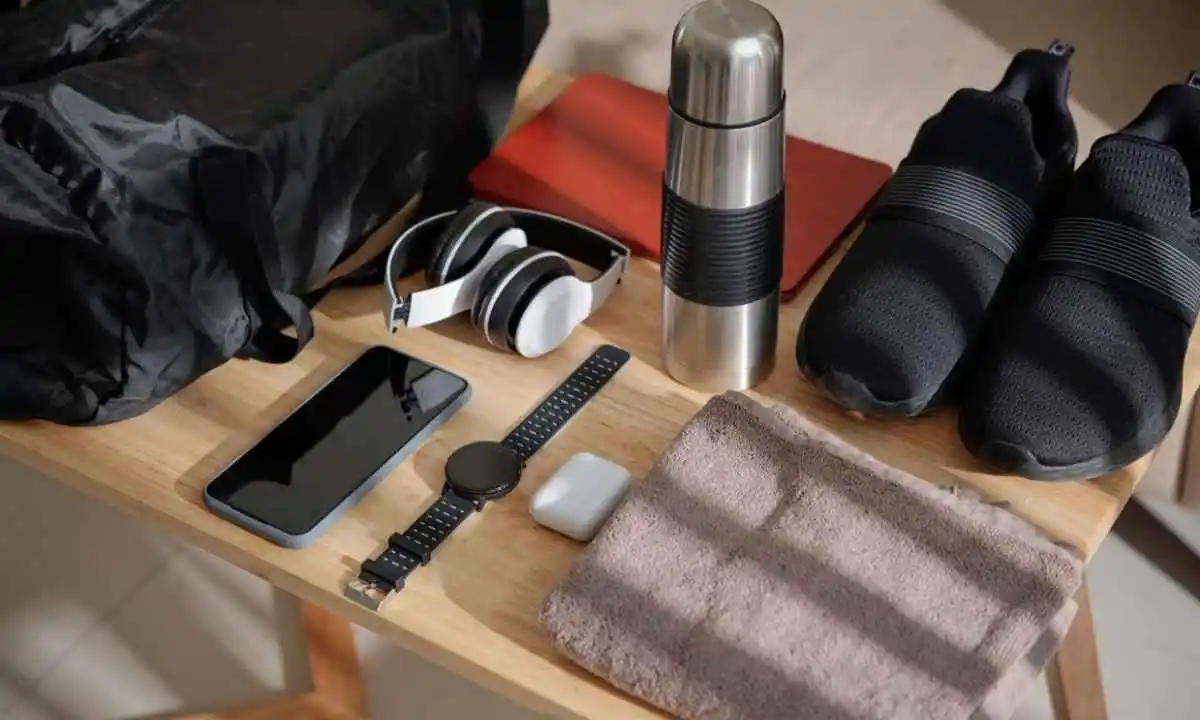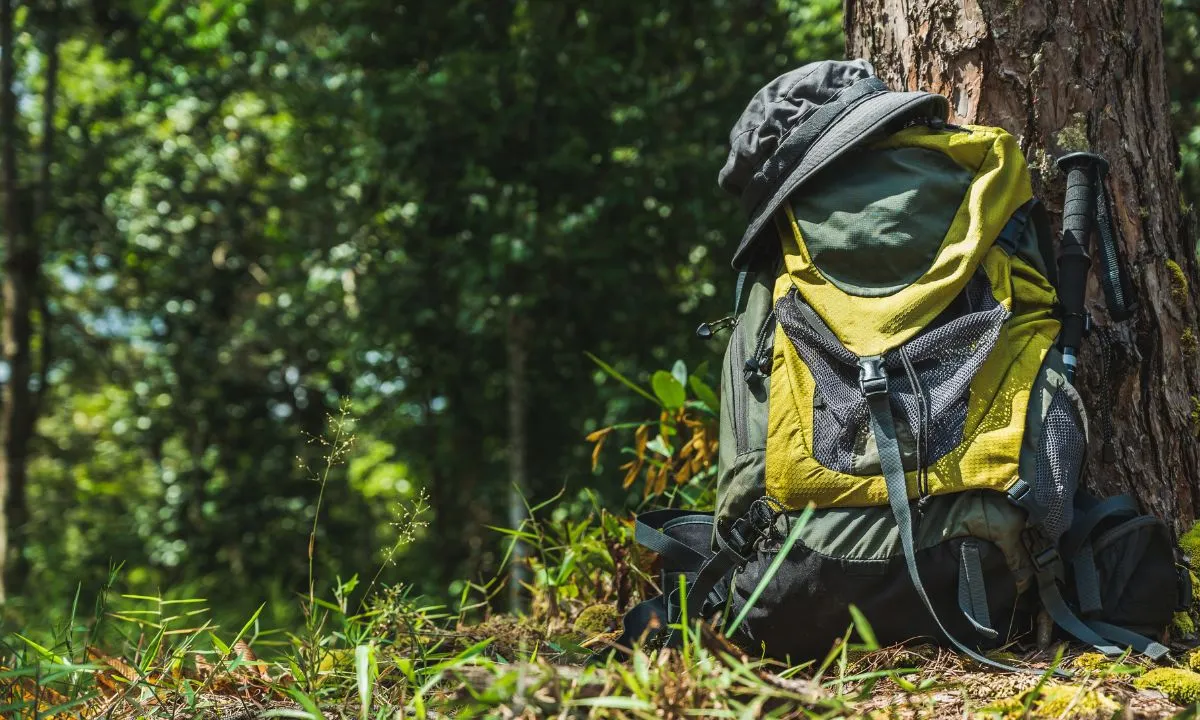Outdoor travel is one of the most rewarding ways to connect with nature, challenge yourself, and explore the world beyond the confines of daily life.
Whether you’re planning a weekend camping trip, a multi-day trek through rugged landscapes, or a leisurely hike, the key to a successful outdoor adventure lies in your preparation.
In this guide, we’ll cover everything Outdoor Travel Needs and essential gear to safety tips and sustainable practices.
Why Outdoor Essential Is Crucial?
Outdoor travel offers adventure, relaxation, and a chance to connect with nature, but it also comes with challenges like unpredictable weather, rough terrain, and limited resources.
Having the right outdoor travel essentials—such as proper clothing, reliable gear, safety equipment, and sufficient food and water—ensures safety, comfort, and convenience.
These items help prevent injuries, protect against harsh conditions, and make the journey more enjoyable.
If hiking, camping, or exploring remote areas, being well-prepared allows travelers to focus on the experience rather than worrying about what they forgot, making every outdoor adventure safer and more memorable.
20 Outdoor Travel Needs | Pack Smart:-
Enjoy below the 20 must-have outdoor travel essentials that make every adventure safer and more enjoyable. From practical gear to comfort items, these travel needs are your key to stress-free exploration
A) Essential Gear for Outdoor Travel
Clothing
The right clothing is crucial for outdoor travel. It ensures that you stay comfortable, dry, and protected from the elements. Here’s what you should look for:
- Layering: Layering your clothing is the best way to regulate your body temperature. Start with a moisture-wicking base layer (such as merino wool or synthetic fabrics), add an insulating layer (fleece or down), and top it off with a waterproof, windproof outer layer (such as a Gore-Tex jacket).
- Footwear: Proper footwear can make or break your trip. Invest in sturdy hiking boots for long hikes with uneven terrain, or trail shoes for lighter, faster treks. Don’t forget about socks—choose moisture-wicking and padded socks to prevent blisters and ensure comfort.
- Sun Protection: UV protection is a must. Consider lightweight, long-sleeve shirts, hats with wide brims, and sunscreen to shield yourself from the sun’s harmful rays.
B) Backpacks & Storage
When it comes to carrying your gear, choosing the right backpack is key. Your backpack should suit the type of travel you’re doing:
- Day Packs: For short trips or daily excursions, a day pack should be comfortable and lightweight with just enough space to hold essentials like water, snacks, and a first-aid kit.
- Hiking Backpacks: For longer trips, opt for a larger backpack with features such as adjustable straps, padded hip belts, and compartments for easy access to gear.
- Packing Tips: Pack your backpack with a focus on balance. Heavier items should be placed closer to your back and at the center, while lighter items should go towards the top or bottom. Use compression sacks or packing cubes to maximize space.
C) Camping Equipment
If your outdoor adventure involves camping, here’s what you need:
- Tents: A good tent is essential for shelter. Consider factors like the season (4-season tents are great for harsh weather), the size (ensure enough room for your group), and weight (if you’re hiking, look for ultralight models).
- Sleeping Bags & Mattresses: Sleeping bags come in various insulation types like down or synthetic, and temperatures ratings. Choose one that suits the conditions of your trip. Don’t forget an inflatable or foam sleeping pad to provide comfort and insulation from the ground.
- Cooking Gear: Cooking on the go can be a fun and rewarding part of outdoor travel. Look for compact, portable stoves, cookware sets, and utensils that are easy to clean and lightweight.
- Lighting: Lighting is crucial for evening activities. A reliable headlamp or lantern with extra batteries can make navigating around camp a breeze.
D) Navigational Tools & Safety Equipment
When venturing into the great outdoors, it’s essential to be prepared with navigational tools and safety gear.
Maps & Compass vs. GPS Devices
While modern technology like GPS devices and smartphones can be incredibly helpful, it’s always wise to have a backup:
- Maps & Compass: These are tried-and-true methods for navigation and don’t require batteries. Always have a printed map of your route and know how to read it.
- GPS Devices: GPS devices are ideal for remote areas where trails may not be marked clearly. Ensure that your device is pre-loaded with maps of the region and has sufficient battery life for the trip.
E) First-Aid Kits
Accidents happen, especially in remote areas, so having a well-stocked first-aid kit is essential. Include:
- Basic Items: Bandages, antiseptic wipes, gauze, tweezers, and blister pads.
- Advanced Items: Pain relievers, medical tape, and medication for common issues (e.g., allergies, altitude sickness).
- Custom Kits: If you have specific medical needs, consider creating a personalized kit that addresses your unique health requirements.
F) Personal Safety
In case of an emergency, these items can be life-saving:
- Emergency Whistle: A loud whistle can help you attract attention if you’re lost or injured.
- Multi-tool: A compact multi-tool with knives, pliers, and screwdrivers can be invaluable for quick repairs or opening packages.
- Fire Starter: Be prepared to start a fire for warmth or signaling. A waterproof fire starter or lighter is an essential item.
G) Eco-friendly Gear Choices
Choose sustainable, eco-friendly gear when possible:
- Biodegradable products: Opt for biodegradable soaps and cleaners.
- Sustainable brands: Look for outdoor gear companies that use eco-friendly materials and ethical manufacturing processes.
Waste Disposal & Water Conservation
- Waste disposal: Use waste disposal bags for human waste if necessary, especially in remote areas with no facilities.
- Water conservation: Bring a water filter or purification tablets to ensure a safe water supply while minimizing plastic waste.
Read More: Switzerland Travel Guides
Preparing for Unexpected Weather:
The weather can change quickly when you’re outdoors, so being prepared is crucial.
Dealing with Rain & Wind
- Waterproof Gear: Invest in high-quality rain jackets, pants, and ponchos. Look for breathable, waterproof fabrics like Gore-Tex to keep you dry without causing you to overheat.
- Shelter: If you’re camping, choose a tent with solid rainfly coverage to keep water out. Ensure that your tent’s vestibule can hold your wet gear.
Cold & Hot Weather Tips:
- Cold Weather: In cold environments, layering is your best friend. Start with moisture-wicking base layers to keep sweat off your skin, add an insulating middle layer like fleece or down, and use a windproof, waterproof outer shell.
- Hot Weather: In hot climates, staying cool is essential. Choose lightweight, breathable clothing, and use cooling towels, hydration packs, and electrolyte drinks to stay hydrated and energized.
- Sustainable Outdoor Travel
Outdoor travel comes with a responsibility to protect the environment for future adventurers.
Read Next: 20 Outdoor Travel Needs
Leave No Trace Principles:
Follow the Leave No Trace principles to minimize your impact on the environment:
- Pack out all trash: Always carry your waste back with you.
- Respect wildlife: Observe animals from a distance and avoid disturbing them.
- Camp in designated areas: Stay in established campsites to avoid damaging natural habitats.
Health & Fitness Considerations:
Outdoor travel can be physically demanding, so taking care of your body is essential.
Staying Fit While Hiking or Trekking
To enjoy your trip, ensure you’re physically prepared:
- Conditioning: Build up your stamina before your trip by walking or hiking with a loaded pack. This will help you handle longer distances and steep terrain more easily.
- Stretching: Stretch before and after your hikes to prevent muscle strain and increase flexibility.
Eating Right on the Trail:
A balanced diet can keep you energized throughout your adventure:
- High-energy snacks: Trail mix, protein bars, and dried fruit are great options.
- Meal planning: Plan for easy-to-prepare meals such as freeze-dried meals, instant oats, or pasta with dehydrated vegetables.
Staying Hydrated and Energized
- Hydration: Invest in a good water bottle, hydration bladder, or water filtration system to ensure you have access to clean water.
- Energy: Carry electrolyte tablets or drinks to replenish salts lost through sweat.
Best Outdoor Destinations for Different Types of Travelers:
Outdoor adventures can vary greatly depending on your experience level. Here are a few destination suggestions:
- Beginners: Short, easy hikes or weekend camping trips in national parks like Yellowstone or the Great Smoky Mountains.
- Intermediate: Multi-day treks in the Swiss Alps, Patagonia, or the Grand Canyon.
- Advanced: Extreme destinations like Mount Everest Base Camp, the Himalayas, or remote areas of Alaska.
Packing List for Outdoor Adventures:
Here’s a comprehensive packing list that will help ensure you don’t forget any essential items:
- Clothing: Base layers, mid-layers, outerwear, hats, gloves, socks, shoes
- Camping Gear: Tent, sleeping bag, sleeping pad, stove, cookware
- Navigation Tools: Map, compass, GPS, first-aid kit
- Food & Water: Snacks, meals, water bottles, filtration system
- Safety & Extras: Multi-tool, fire starter, flashlight, sunscreen, camera
Take Away:
With the right preparation, outdoor travel can be an incredibly rewarding experience. By equipping yourself with the proper gear, understanding safety protocols, and respecting nature, you’ll be ready to embrace the challenges and joys of the outdoors. So, what are you waiting for? Pack your bags and start planning your next outdoor adventure today!
Call-to-Action: Share your top outdoor travel tips or your favorite gear in the comments below, and don’t forget to download our checklist to ensure you’re fully prepared for your next adventure!
Frequently Asked Questions (FAQs):
Q. What should I pack for a weekend camping trip?
For a weekend camping trip, pack essentials like a tent, sleeping bag, camping stove, cooking gear, water bottle, a first-aid kit, a flashlight, and weather-appropriate clothing. Don’t forget snacks, a map, and a multi-tool!
Q. How do I stay safe during outdoor adventures?
Always bring a first-aid kit, a reliable map or GPS, and a multi-tool. Tell someone your plans, stay hydrated, wear appropriate clothing, and be aware of weather conditions. It’s also a good idea to carry an emergency whistle and a flashlight.
Q. What are the best shoes for hiking?
The best shoes for hiking depend on the terrain. For rough, rocky trails, opt for durable, high-top hiking boots with ankle support. For lighter hikes or warmer weather, trail shoes or low-cut hiking shoes offer more comfort and flexibility.
Q. How can I reduce my environmental impact during outdoor travel?
Follow Leave No Trace principles by packing out all your trash, staying on marked trails, and using biodegradable products. Choose eco-friendly gear and avoid disturbing wildlife to help protect nature for future adventurers.


